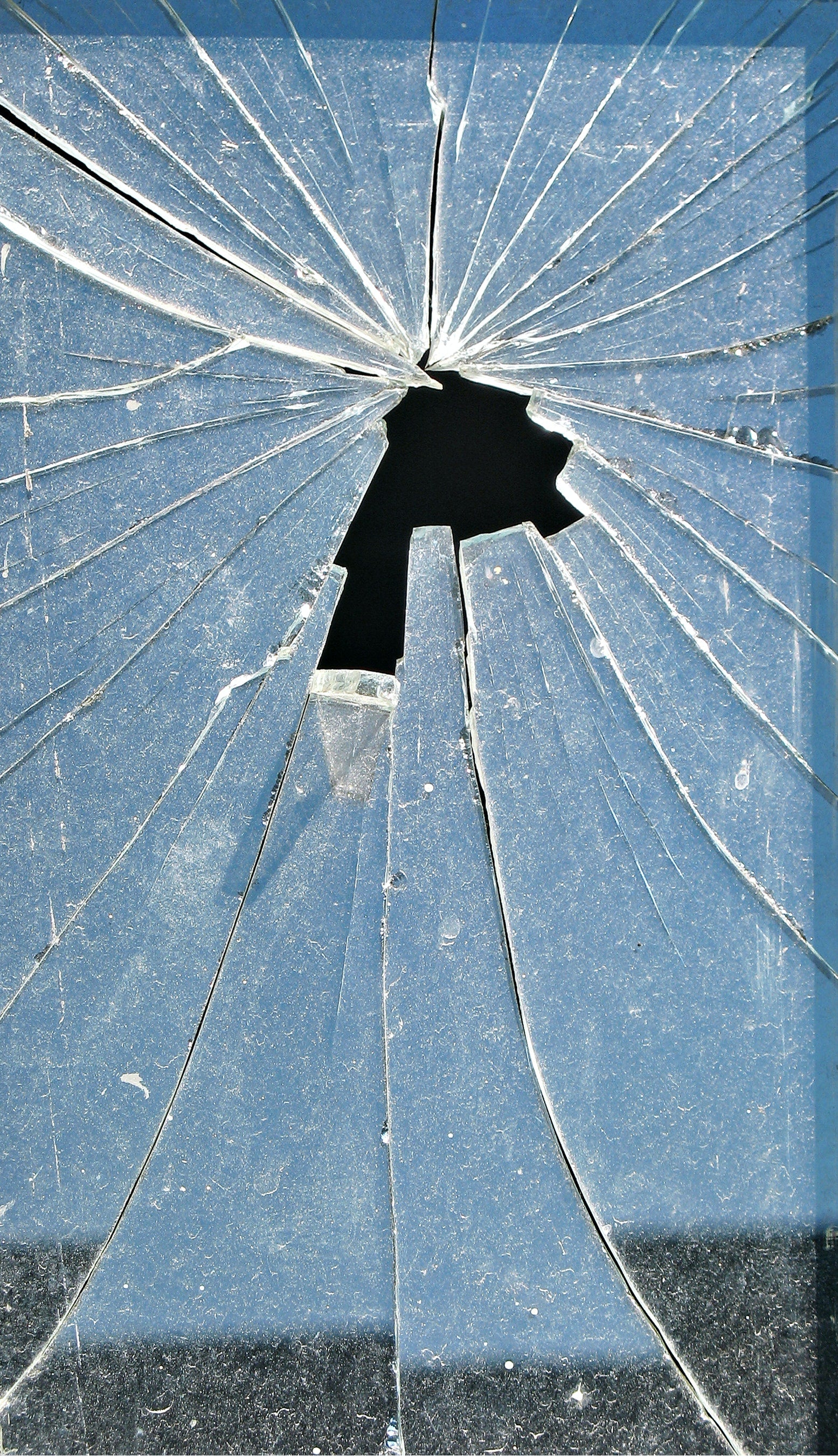Do You Need Surgery or GST?

Is surgery a viable solution to my body problems? This is a tough question I often get asked. I work with many clients and patients that are either considering surgery as a viable solution to their body problems or to help rehabilitate after surgeries they have already had. I am often called upon to do medical consults to help people navigate the complicated and confusing world of “medical-ese”- the language of doctors that is foreign and unclear to the common person.
25 years ago, when I first started working with the body for healing, I firmly believed one should avoid surgery at all costs by optimistically trusting that you could heal all things through good movement. But after 25 years of experience working with pain management and developing many solutions for healing complicated body conditions, I have learned there is a right time and reason for surgery, although far less than our surgeons promote.
CONSIDER THESE THINGS BEFORE SURGERY:
(This is NOT medical advice – at GST Body we collaborate with and encourage you to talk to your doctor or specialist before making any decision.)
1. The source of the pain or body problem- the source of body problems can usually originate from 1 of the following 3 things
- Congenital conditions: for example, “I was born with hip dysplasia” – these types of problems, if not addressed over time, erode the body’s mechanics and lead to degeneration. Body problems and pains from congenital issues usually show up in early adulthood. If caught early enough and practice biomechanics are improved, surgery can be avoided.
- Movement and lifestyle habits: for example, “I play soccer, I am a horseback rider, I lift weights”- the body has developed certain patterns that cause pain and problems. This can lead to specific wear and tear patterns on the body but doesn’t usually lead to pain that requires surgery. Diversifying activity and correcting biomechanics will usually help pain and body problems- (even herniated disks)- with no surgery required.
- Physical injury: for example- “I actually did something- like tore my rotator cuff, or my knee took a lateral hit while skiing and I tore my acl.” Most often, this type of damage to bone or tissue requires surgery because the damage is worse than the risks the body is exposed to from surgery.
2. How long have I had this problem?- If you have suffered longer than 10 years, you most likely have a more complicated and further progressed condition. This is why it’s important to get the actual scans, x-rays, or MRI’s done to assess the situation. Ask your doctor how far your degeneration progressed. The body is expert at maintaining health despite compromised systems. Try to listen to your body early and find ways to support your body- an ounce of prevention is truly worth a pound of cure.
3. Age and timing- Some body problems require surgery that should be done younger rather than older. Having surgery too young can set you up for the potential of needing other surgeries in the future. However, waiting too long and avoiding the inevitable decreases the quality of life now while you struggle with pain, and the older you are, the longer it takes for the body to heal and recover.
4. Invasiveness of procedure- Do your research. Modern technology is amazing and many of the newest procedures to reconstruct hips, low backs, and slipped discs can be non-invasive and have better quicker recoveries. Choose a doctor you trust and a procedure that is the least invasive.
5. Rehabilitation- Most people don’t get good rehabilitation post-surgery. This is how most surgery creates future liability for more surgery. Once you have the surgery people forget they need to change the body mechanics and movement lifestyle habits that are responsible for needing surgery in the first place. Look for rehabilitation that 1. Does not Isolate or only focus only on the body part that had surgery 2. Uses integrated therapies 3. Emphasizes motion rather that strength training to rehabilitate- focuses of fascia mechanics rather than muscle strengthening.
TRY THIS FIRST!!!!! – GST is exceptional at preventing the need for surgery, even in very advanced conditions. Here are 5 things to try prior to surgery to see if you can avoid surgery and the liabilities that come from it. Try including these things in your daily life:
- Use traction to stretch your spine and every major joint (shoulders, hips and knees) daily in order to decompress and align your body. You can even purchase your very own GST Traction Bar to try out these movements.
- Move spine and joints through wide ranges of motion to increase synovial fluid production that acts as lubrication and decreases inflammation. You can perform some of these movements by following along here and using our GST Body Bar.
- Learn to do primal squats – do them daily for low back, hip and knee problems. Follow along here!
- Learn to do primate hanging for head, neck and shoulder pain using our Tensegrity Suspension Wall System.
- Work fascia flux micro movements to direct energy differently through the pain filled areas in order to eliminate pain.
In conclusion, make sure you become your own body advocate. Doctors and surgeons know a lot, but you know your body more. Do a lot of research and get the best comprehensive tests, such as x-rays and MRI’s, to assess if surgery is needed (ask for MRI with contrast to have a better picture). Always get at least 3 opinions, not just second ones (and not just from doctors). Consult with a medical advocate who is fluent in medical terminology and is able to help you ask the right questions to get the most informed answers as well as help you navigate the process wisely to come to your own conclusion that feels right to you. I invite you to schedule a free 15 minute consultation with me!









Leave a comment